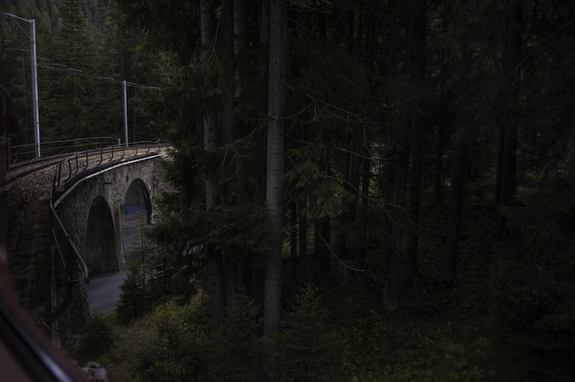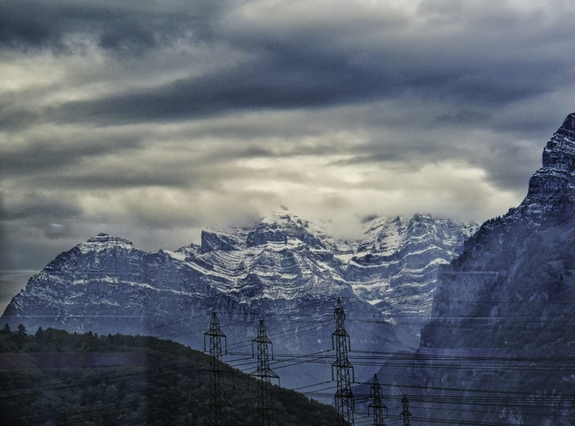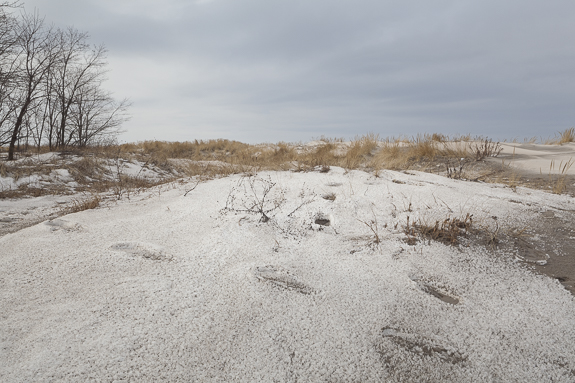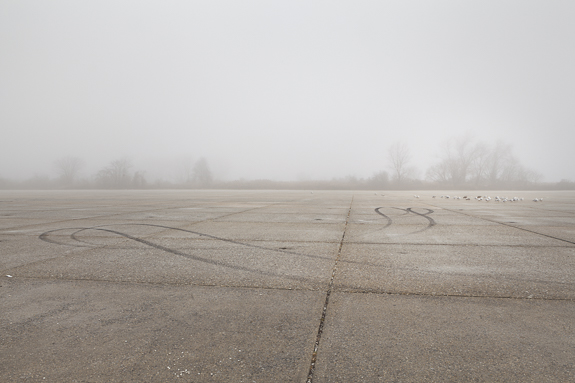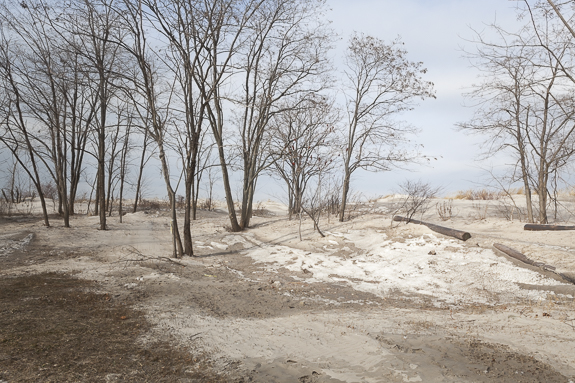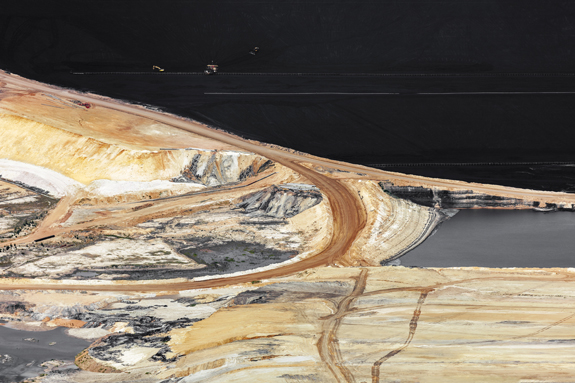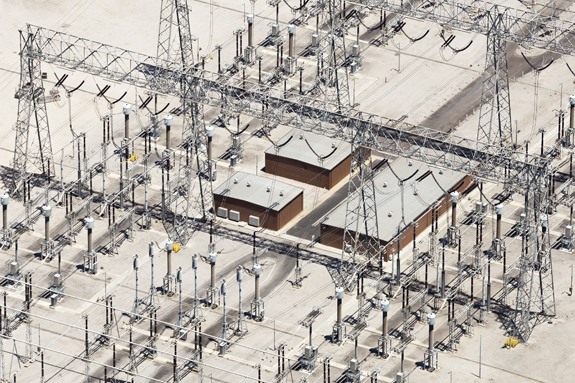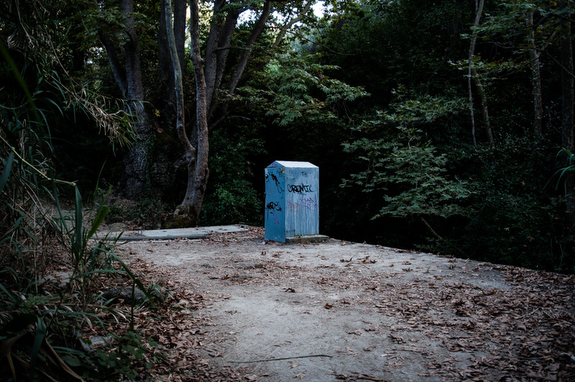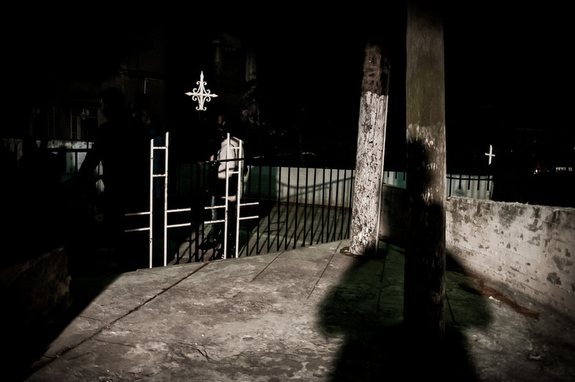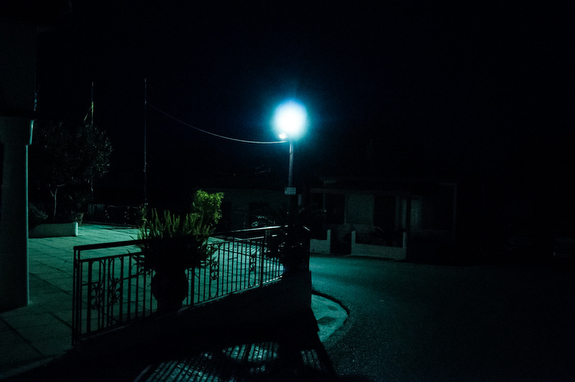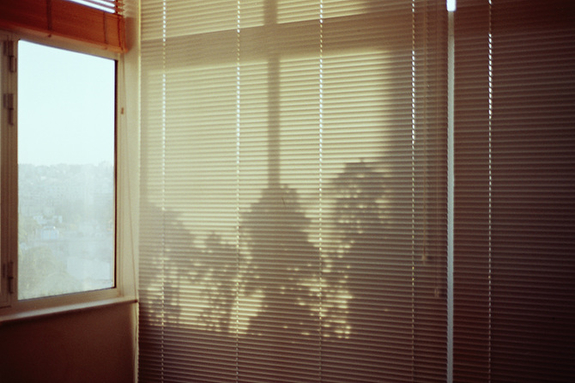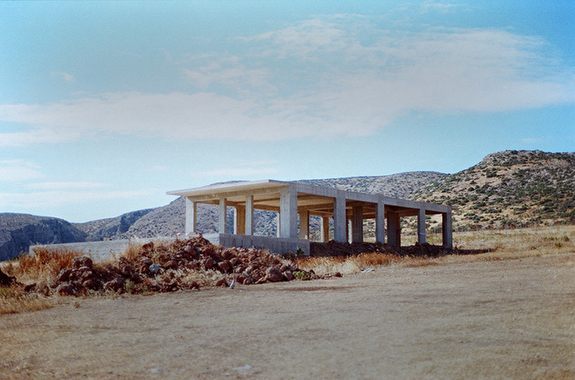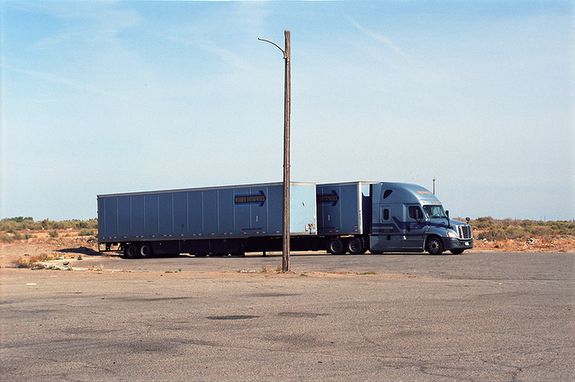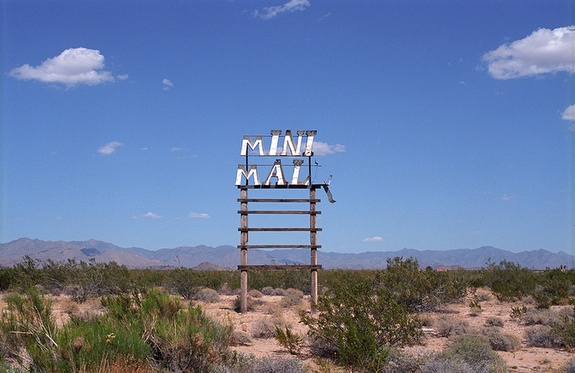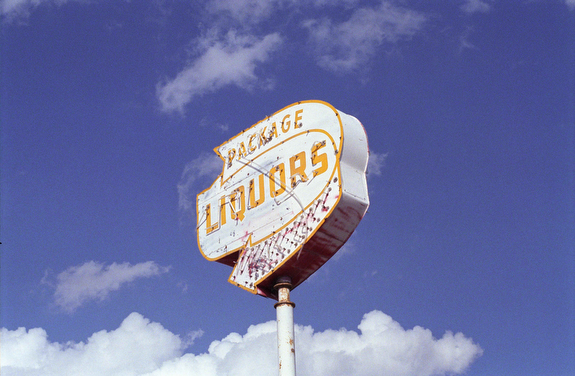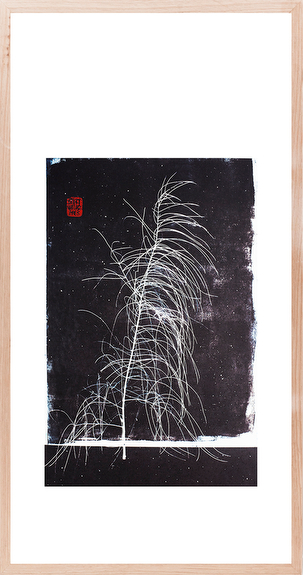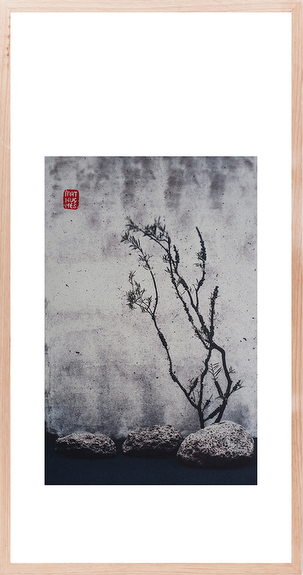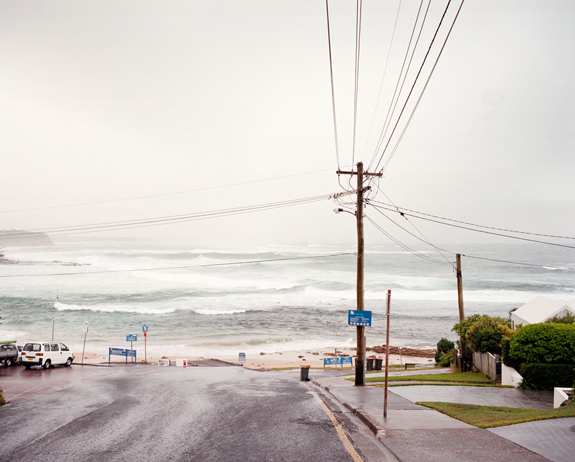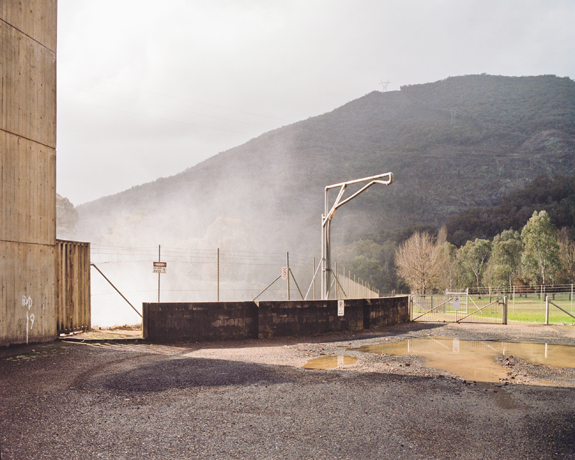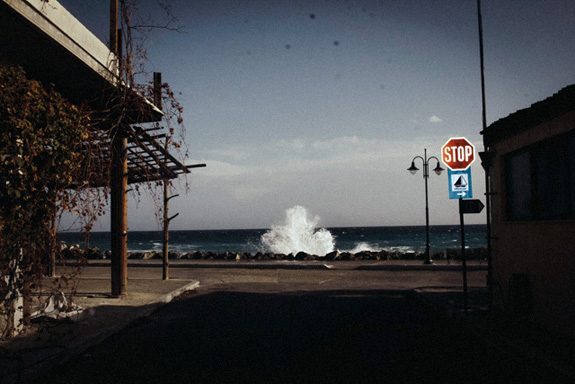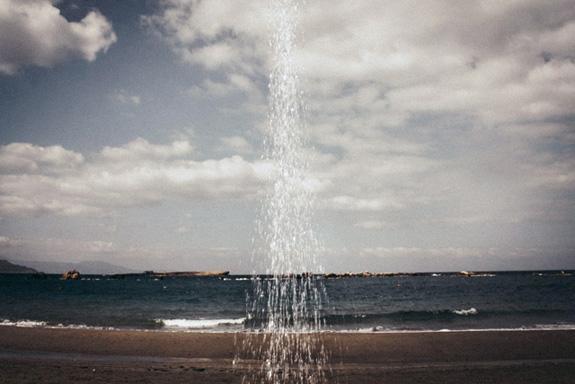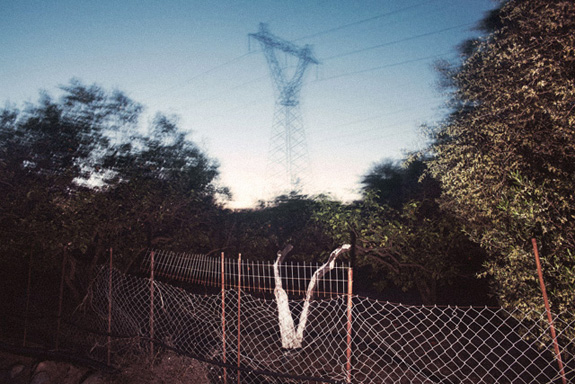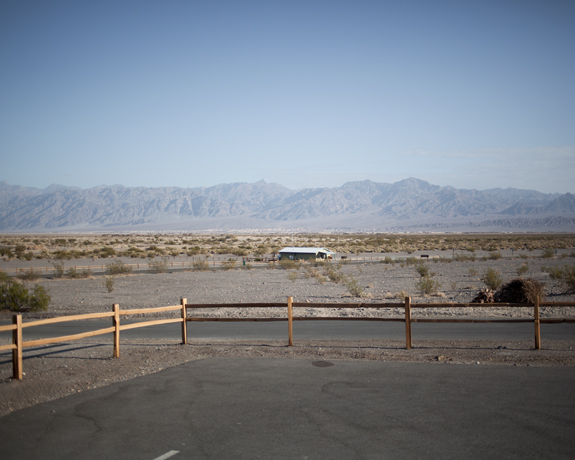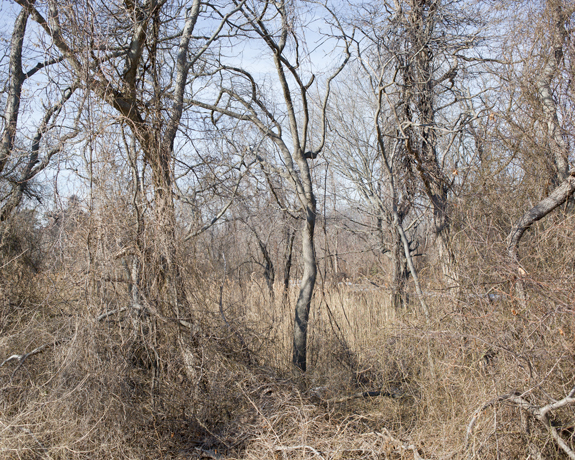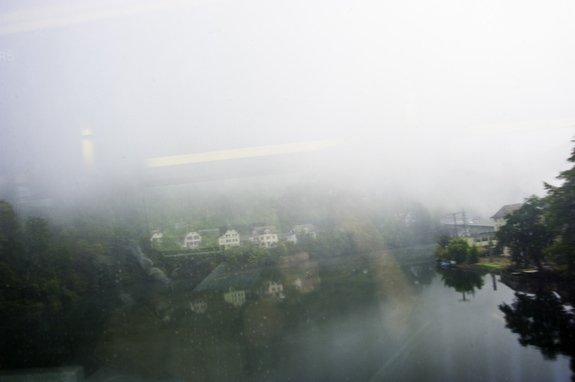
The images in this collection, Numinous Landscapes, were all made while traveling from Paris to Lake Como by rail, a mode of transport that offers the traveler a fleeting window on the world.
As I enter into the cadence of a rail journey, it reveals itself in numinous landscapes that transcend ordinary space and time. I become mesmerized by scenes that pass by like the animated flickering of an old movie background. Though I am the one “rushing by,” it seems that I am sitting still, beholding a tableau of light and landscape that is magical in its impermanence, never to be seen the same way again.
I feel connected to these scenes—their strength in nature and how they overshadow the fragility of human endeavor or accomplishment. There’s a social and historic chiaroscuro effect that takes place as I am transported through scene after scene.
The word “landscape” originates from the Dutch word meaning “landship.” For me, a train is the mode of conveyance—the landship—that illuminates the truth of landscape in all of its complexity and flux.
— Greg Caldwell, Seattle, Washington, USA
